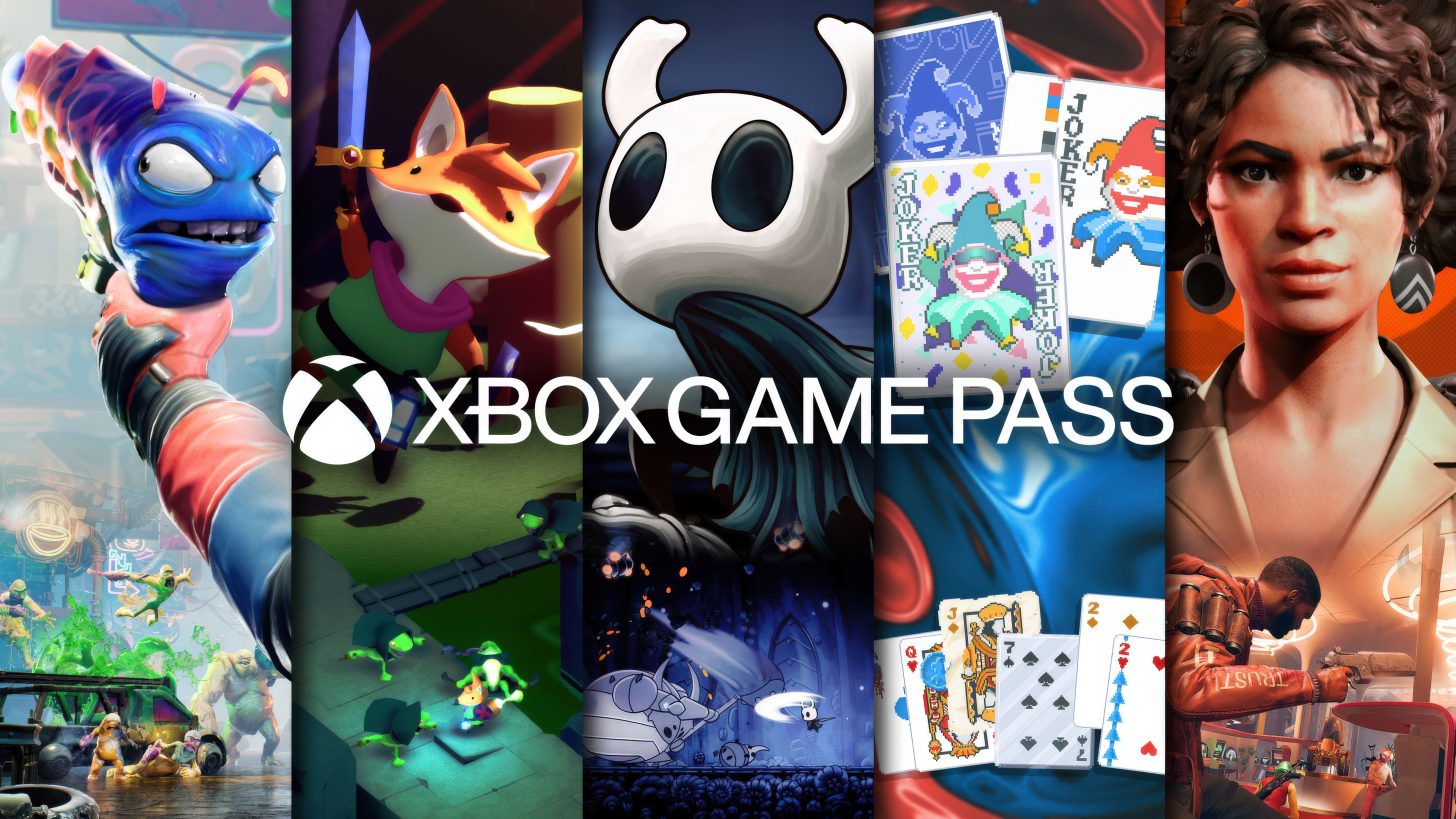In a surprising move on October 1, Microsoft announced a significant price hike for its Game Pass Ultimate tier, increasing the monthly cost from $19.99 to $29.99. This decision has led many subscribers to reconsider their commitments, resulting in a wave of cancellations. However, questions arise about whether this was a misstep or part of a strategic overhaul by Microsoft.
Understanding the Price Hike
Industry expert Joost van Dreunen, a former founder of SuperData Research, provides insight into the situation. He shares a perspective from a former Xbox employee who called it a case of ‘bad optics’. The substantial increase might seem unfavorable to consumers, but van Dreunen highlights Microsoft’s previous model as reverse airline economics, where players enjoyed premium experiences for economy prices. This strategy enabled rapid growth initially, but it created a model with slim margins and heavy usage that didn’t translate into proportional revenue.
Microsoft attempted to attract more subscribers by incorporating popular titles like last year’s Call of Duty: Black Ops 6. This game’s addition caused a notable surge in subscriptions, but overall growth has since plateaued, as demonstrated by data from Antenna, a subscription economy analyst firm.
Adapting to a New Model
In light of these challenges, Microsoft is reshaping the Game Pass into a more sustainable entity with a multi-tiered system comprising Essential, Premium, and Ultimate levels. The transition aims to align subscription costs more closely with user consumption to foster a balanced and profitable ecosystem. This pivot from a single-tier approach to a segmented model distinguishes Microsoft from competitors like Stadia. The success of this shift could redefine the future of gaming subscriptions, potentially allowing them to compete with other entertainment subscriptions.
Microsoft’s broader strategy includes being ‘everywhere’, a vision shared by CEO Satya Nadella, especially following the acquisition of Activision Blizzard. While Nadella didn’t comment specifically on Game Pass, he has previously likened it to a gaming version of Netflix. This underscores the complexities of gaming subscriptions compared to traditional media services, as players often focus on fewer, larger titles rather than a wide variety of content. Whether Microsoft’s new strategy will achieve its intended sustainability remains to be seen.
Follow us on Google or add us as a preferred source to receive our latest coverage and reviews.
